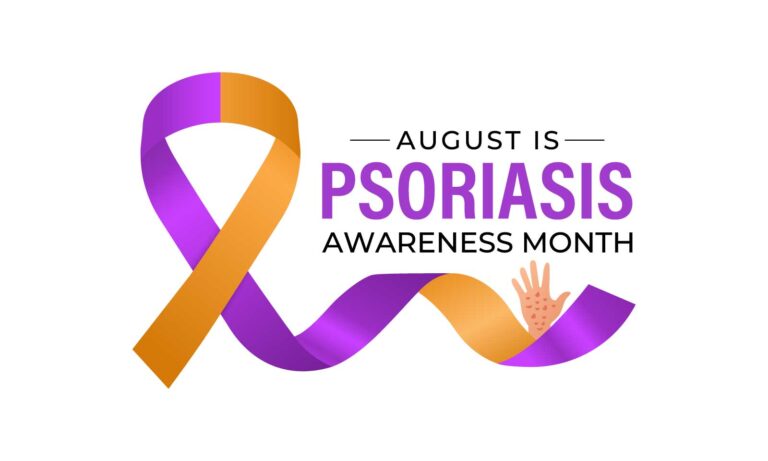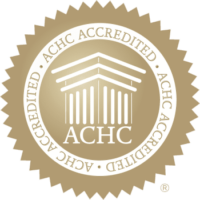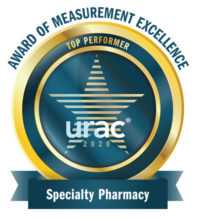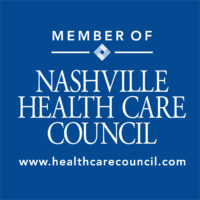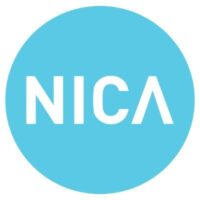
Embracing Change and Innovation
is the Key to Success
As a state senator and head of a post-acute specialty pharmacy, I see first-hand the remarkable strides being made in healthcare every day. Even though we have a long way to go to be where we should be in terms of care delivery and outcomes, I am excited about the opportunities we have at hand. While it may be challenging for patients and providers to see the progress being made, we must stay positive and focus on keeping the forward momentum going.
Although much work is still to be done, I am encouraged by the advancements being made in the following four areas.
PATIENT-CENTRIC CARE
Healthcare that focuses on the individual patient’s needs instead of a provider’s needs is now widely accepted as a positive care delivery model. It may be surprising to know that it’s not a new idea. Studies have shown the idea originated centuries ago with ancient Greece. Rather than forcing patients into a one-size-fits-all care process, patient-centered care focuses on each patient’s unique situation, needs, and desires.
At the heart of this approach is open, honest communication with patients and their family. When patients have the opportunity to share their own feelings and concerns, and when they believe they’re being heard, they become more active participants in their own care. And this leads to better compliance, improved outcomes, and greater patient satisfaction. How we moved away from this model is a subject for another time.
INTEROPERABILITY
As our population ages, more patients experience transitions of care. Whether from a hospital to a long-term care facility, or from home health to hospice, care is increasingly being provided by multiple entities over periods of time, thus increasing the need to share patient data. This is especially important for patients with chronic diseases where care history is essential to determining the most appropriate ongoing care.
While the CMS is working to develop a centralized data resource for which acute and post-acute care providers can see certain data elements, implementation and adoption will take time. Until then, providers need to be proactive and diligent in their communication during patient handoffs throughout the entire continuum of care.
TRANSPARENCY
Lack of insight into the cost of care or the cost of medications leaves patients in the dark and leads to a lack of accountability on the part of providers and pharmaceutical companies to keep prices reasonable. With skyrocketing deductibles and rising medical debt, the topic of pricing transparency has rightfully come to the forefront. In a positive move, the federal government is taking steps to increase pricing transparency for drugs. This is well and good, but it remains to be seen if these efforts will lower healthcare prices overall.
INNOVATION
Each year the Cleveland Clinic releases a list of top medical innovations for the coming year. For 2019 the list includes such things as using artificial intelligence to enable more effective care decisions and improved accuracy in the analysis of imaging tests. Another exciting innovation is the implementation of virtual reality in educating providers. Considering medical error is now the third leading cause of death in the U.S., this new approach to training should have a positive long-term impact on care outcomes. As forward-thinking organizations continue to search for new ways to approach healthcare delivery, providers need to be ready to embrace these changes.
POINTS OF LIGHT
As we look to the future, I am encouraged. We are on the cusp of a new type of healthcare, one that will change lives and improve the health of communities across the country for decades to come. First and foremost, we need to continue to put the patient at the center of it all. That is why we took the Hippocratic Oath and that is what will make all of our efforts and innovations impactful across the continuum.



